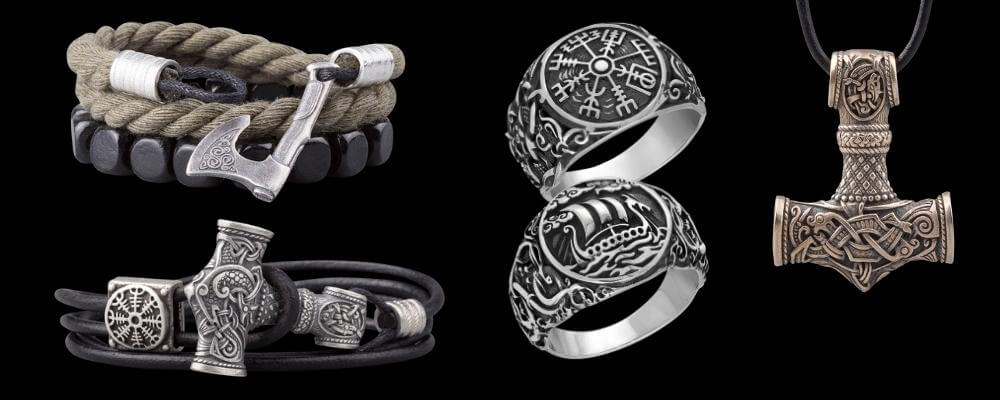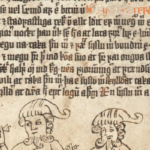One of the most popular characters on the History Channel’s Vikings is undoubtedly the monk Athelstan, who finds himself torn between the Viking and Christian worlds, and his loyalty to his own people and his friendship with Ragnar Lothbrok.
But is the character that we see in the Vikings series real?
The short answer to that question is no. Unlike Ragnar and his sons, this Athelstan does not appear in the sagas, so he is a character that has been invented for the show.
But that does not mean that his story lacks historic meaning. Named for an important English king, there were Christian monks that would have experienced many of the things that we see Athelstan encounter on screen. His story highlights important themes from the Viking period.
The Athelstan of Vikings (Spoiler Alert!)
The Athelstan that we see on Vikings, played by George Blagden, is an English monk at Lindisfarne in Northumbria. He is taken as a prison by the Vikings when they raided the monastery in 793.
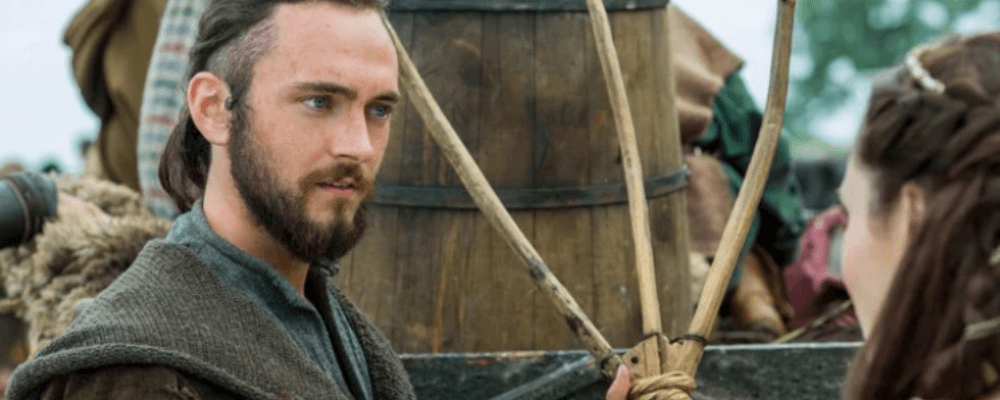
He was taken back to Scandinavia by Ragnar Lothbrok as a slave, and quickly became an indispensable member of Ragnar’s household, not least because of his knowledge of England, the land that Ragnar had his eyes on.
This Athelstan also had an edge as he already spoke the Viking dialect, crediting missionary work in the area for this knowledge.
Athelstan lives with the Vikings and is introduced to their way of life. He can see the value in their ways and beliefs, and so becomes torn between his commitment to his Christian faith and his desire to fully become part of his new community.
He also teaches the people around him about Christian ideas, and Ragnar becomes particularly interested in them.
This causes conflict among Ragnar’s supporters, in particular with Floki, who is very committed to the Viking gods and sees the threat posed by Christianity. So, at the end of season three Floki murders Athelstan.
But this is not before Athelstan returns to England for a short period of time to work in the service of King Ecbert of Wessex, translating Roman texts that the king has found.
Importantly, there he also forms a romantic connection with Judith, the daughter-in-law of King Ecbert, with whom he fathers the child Alfred, who goes on to succeed Ecbert as king.
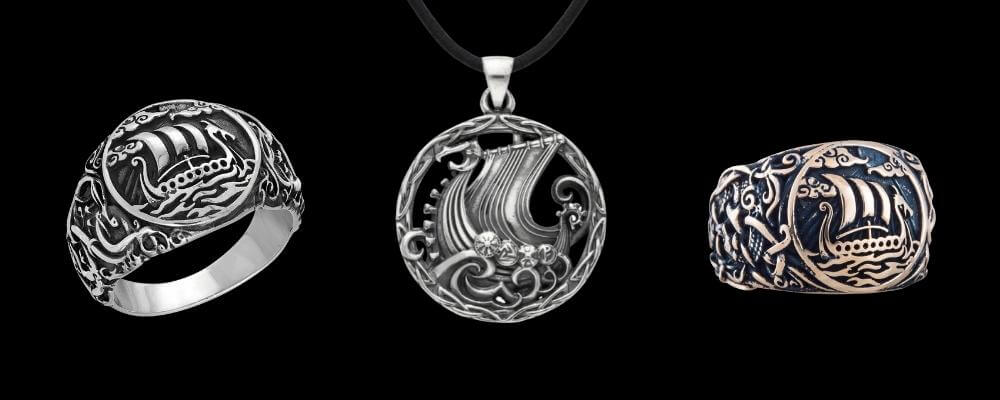
The Athelstan of History
The Athelstan that we see in Vikings was named for King Athelstan, the first King of England from 927 to 939.
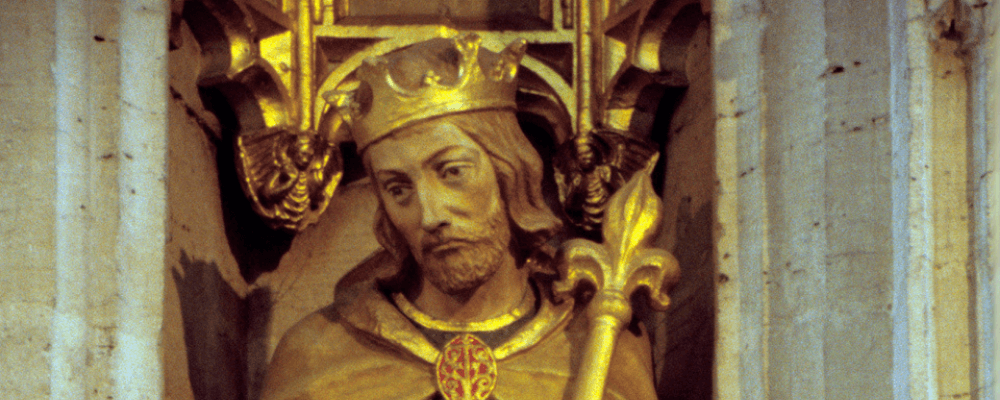
Far from being the father of Alfred, Athelstan was actually his grandson, the son of King Edward the Elder and his wife Ecgwynn.
He is considered the first king of all England, something Ecbert aspires to be in the show, and one of its most important. He is actually known for successfully battling against the Vikings.
Athelstan succeeded to the throne of Mercia upon the death of his father in 924, with Wessex going to his brother Elfweard. But Elfweard died just three weeks after his father, leaving the kingship of Wessex vacant. Nevertheless, the people of Wessex did not seem keen on Athelstan, and it took him several months to have himself named king of Wessex as well.
Athelstan then turned his attention to York, which had been occupied by the Vikings since it was conquered by Ivar the Boneless in 866, as we see on the show.
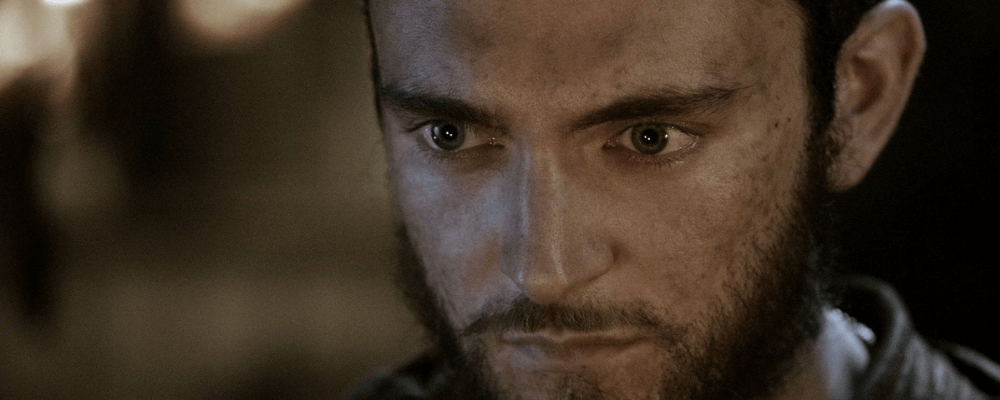
Athelstan retook the city, bringing all of England under English control, his own.
Athelstan then turned his eyes on Scotland, invading their territory and forcing their King Constantine II to pledge allegiance to him.
Unhappy with this change in power, the York Vikings and the Scots combined forces to invade England in 937. Athelstan, in alliance with the King of Dublin, defeated the combined Viking and Scottish forces, earning him great respect as a ruler across Europe.
This battle is also credited with being an important moment in the creation of the idea of English nationalism, with an English identity emerging among the soldiers and subjects of Athelstan.
Unfortunately, Athelstan died just two years later in 939 at the age of 45. He had never married and had no sons, so he was succeeded by his brother Edmund. The Vikings quickly retook control of York that same year and held it until 954.
As well as being the king that forged England into a single country, Athelstan is considered to have been an excellent administrator, centralizing government functions and leaving behind many legal texts.
He was also an extremely pious man, translating the Bible into English and supporting the growth and development of monasteries.
But, aside from the name and general piety, and a connection between Athelstan and King Alfred, it is hard to see much of the Athelstan character that we see on Vikings in this English monarch.
The Historic Evidence for Athelstan’s Story of Vikings
But, while the Athelstan that we see in the Vikings series may not be named for or based on a specific personage similar to himself, his character rings true for the historical period.
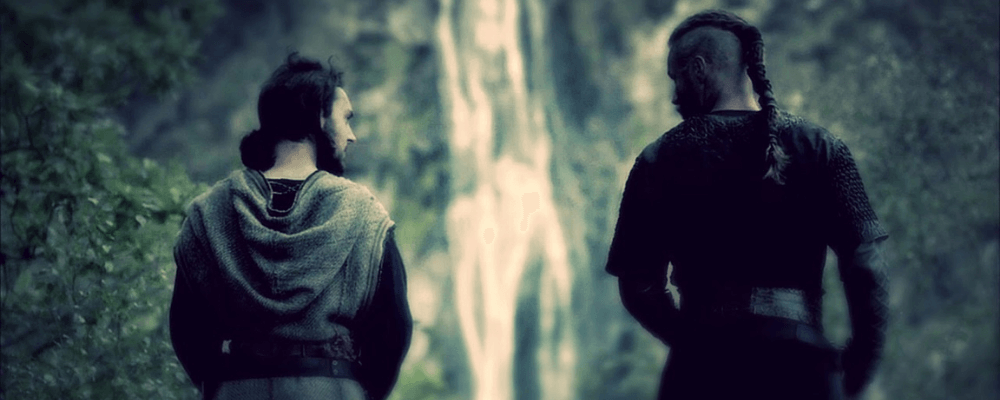
When the Vikings raided, they had no problem raiding churches, monasteries, and other religious places that the Christian community considered sacred and untouchable.
The Viking raid on the Lindisfarne monastery is a real historical event from 793. While it was not the very first Viking raid on English soil, it is often considered the start of the Viking age in England as it hit the heart of the Northumbrian nation in a sacred space.
However, it was probably not Ragnar that conducted the raid, as it is a little bit early for him. Nevertheless, many of the monks were killed, or taken back to Viking territory as slaves.
It was very common for the Vikings to take men and women captured on their raids home to Scandinavia to work as slaves, called thralls. Trading thralls was an important part of the Viking economy.
Thralls that lived in the household would quickly have become close to the family, working alongside them, as we see Athelstan do on the show. There are stories of free Vikings dying to protect their thralls.
It was also quite common for Vikings to emancipate their thralls, as we see Ragnar do with Athelstan on the show, demanding loyalty in return, which had to be maintained for at least two generations.
It is not difficult to see why Athelstan would have been a prized slave for a man like Ragnar, as he had intimate knowledge of the territory that Ragnar planned to raid. However, Athelstan also has the advantage that he can share that information with Ragnar because he speaks the Viking tongue.
On the show, Athelstan claims to have learned the tongue as a missionary, and this is possible. Missionaries were active in Scandinavia from the 8th century, though conversions were few until the 10th century.
We know that the missionary Willibrord was active in Denmark from 710, where he was treated respectfully but found few converts. Later in the 820s the monk Ansgar is attested in Denmark during the reign of Harald Klak. He also focused on converting nearby Swedish communities, again with generally little success. But he was able to create the first Christian chapel in Denmark, in Hebedy, in 860.
It is also known that Christianity caused conflict in communities as followers of the Norse religion and new Christian religion battled between themselves. So, the reaction of Floki and other characters to the Christian influence of Athelstan also rings true.
When King Harald Bluetooth of Denmark converted to Christianity, he was opposed by his son Sweyn Forkbeard, who despite being baptized with his father opposed the spread of Christianity.
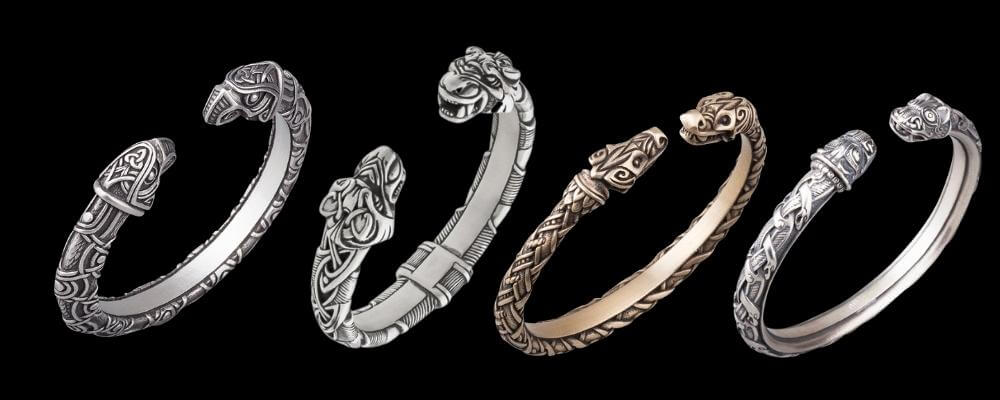
When Sweyn succeeded to power following the death of his father, he then went on to destroy Christian churches in England when he invaded there.
This resulted in the St Brice’s Day massacre on Friday 13 November 1002, when King Athelred ordered the execution of all the Danes living in England. It is thought that the more than 30 skeletons found during an excavation in Oxford in 2008 belong to this massacre.
It is not a stretch to imagine some Christian living in Viking territory being slain as a result of their beliefs.
Whether someone like Athelstan would have had such a privileged place among the Vikings is questionable, as is the question of whether he would have been able to gain the trust of an English king like Ecbert having spent so long with the Vikings.
But while Vikings celebrates and offers a realistic vision of the Viking world, its entertainment not a documentary, so you can only expect so much.
What Do You Think?
What do you think of Athelstan from Vikings? Are you disappointed that he is not a real historic figure named in the sagas? Or are you happy that he embodies a person that could have lived in Viking times and reflects the type of experience that person may have had?
